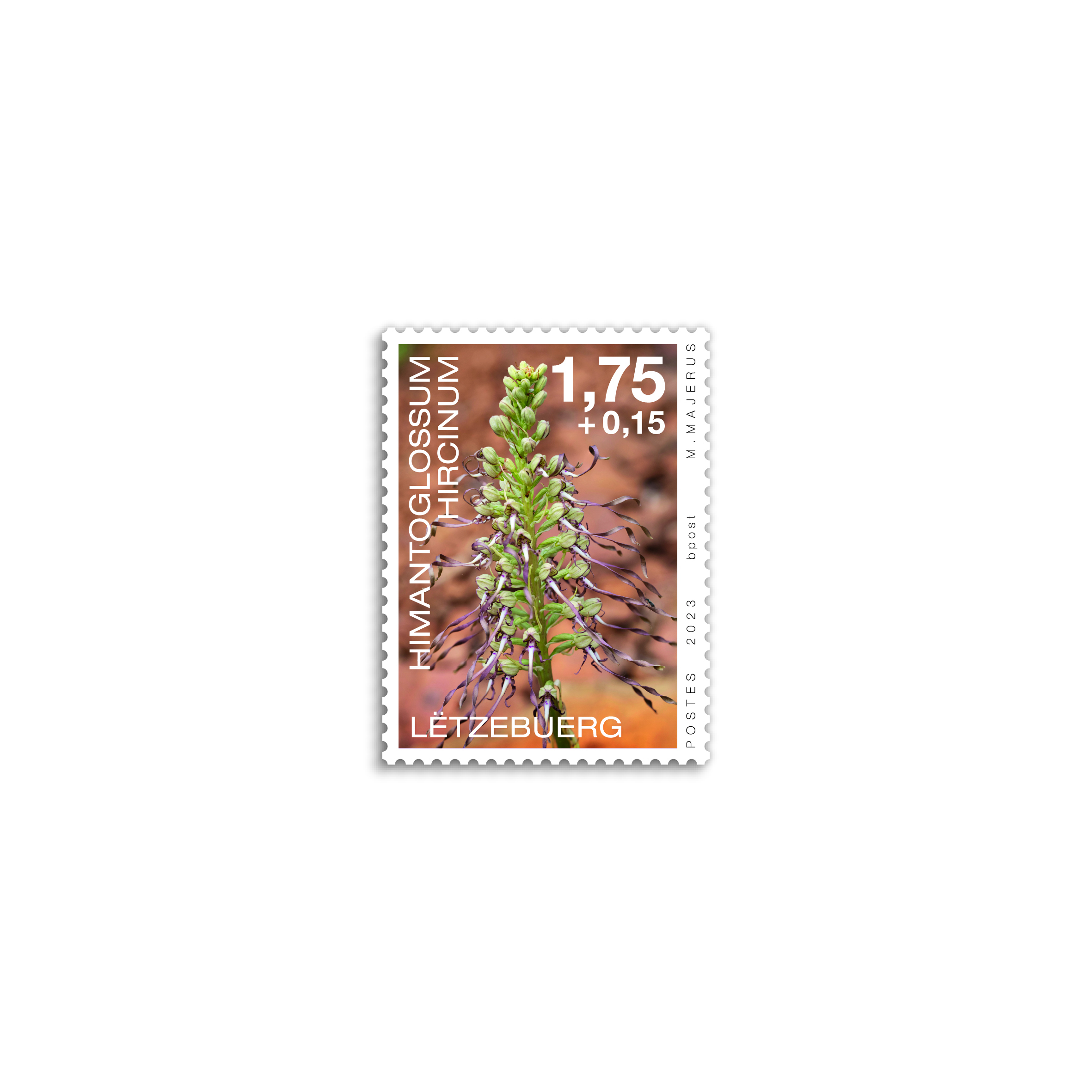Post Luxembourg is issuing a new series of stamps on November 14th 2023
Post Luxembourg, in cooperation with the National Museum of Natural History, is issuing a series of charity stamps based on the topic of “Orchids in Luxembourg”.
Another special series is going to be based on the topic of “The end-of-year” celebrations. The drawings are made by the artist Alain Welter.
Last but not least, a special series will be honoring the “Natur-& Geopark Mëllerdall”
Special series
Charity stamps 2023 Orchids in Luxembourg – 2
The second series on the theme of Orchids in Luxembourg, in cooperation with the Luxembourg National Museum of Natural History, features the following species: Anacamptis pyramidalis, Orchis anthropophora, Himantoglossum hircinum and Gymnadenia conopsea.
These four species of orchids can all live on dry grasslands with few nutrients, tolerate water shortages in summer and large fluctuations in temperature. Fortunately, these four species are not endangered in Luxembourg.
The pyramidal orchid (Anacamptis pyramidalis) is a perennial, deciduous, herbaceous plant that grows to around 20 to 40 cm in height. The densely covered flower spike gets longer as it fades. The flowers range in colour from vibrant, pinkred to dark magenta. The plant is self-pollinating, which means that only one plant is required for pollination and propagation.
The man orchid (Orchis anthropophora) reaches an average height of 20 to 40 centimetres. The plant is evergreen, a characteristic that points to its Mediterranean origins. It is delicate with a relatively high number (four to nine) of shiny, bright green, elongated, lanceolate leaves. The flower size is 12 to 14 millimetres, with the high central flower spike bearing up to 100 flowers. The labellum or lip, which is characteristic of orchids, is spurless, 12 to 15 millimetres long, pendulous, greenish/ochre yellow through to brownish/orangey red.
The lizard orchid (Himantoglossum hircinum) is a perennial, herbaceous plant that grows to 25 to 100 cm, with very robust specimens even exceeding this height. It is one of the most striking species in Luxembourg. The flower spike is covered in flowers – on larger plants there may be over a hundred. It is evergreen and, in the autumn, photosynthesis takes place to build reserves for the following year. This is an adaptation to the milder winters of our times.
The fragrant orchid or chalk fragrant orchid (Gymnadenia conopsea) is a perennial, herbaceous plant with a height of 30 to 80 cm. The pink to dark purple flowers have a beautiful smell, a typical three-lobed lip (labellum) and a feather-shaped, arcuate downwards spur that is 10 to 20 mm long – longer than the ovary. 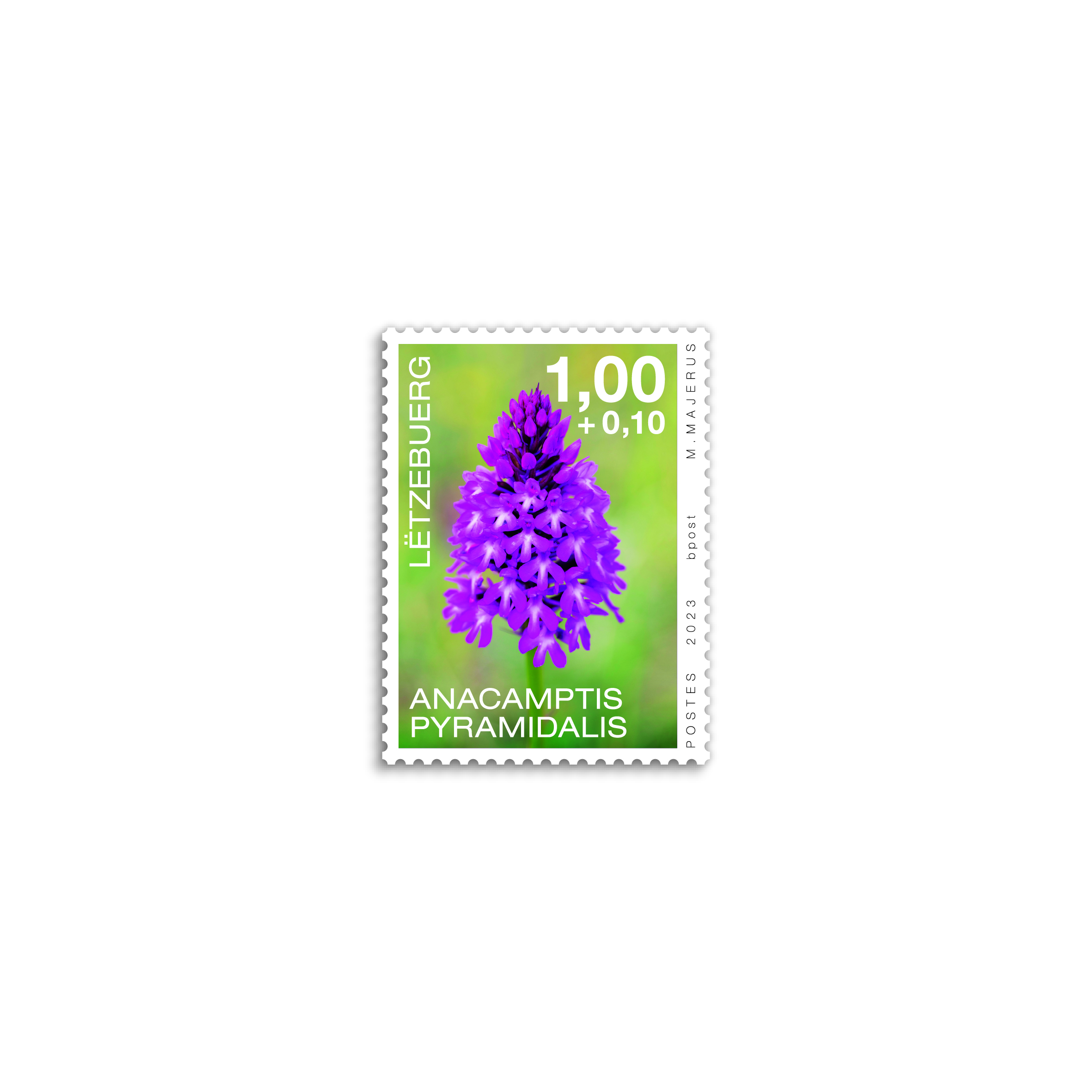
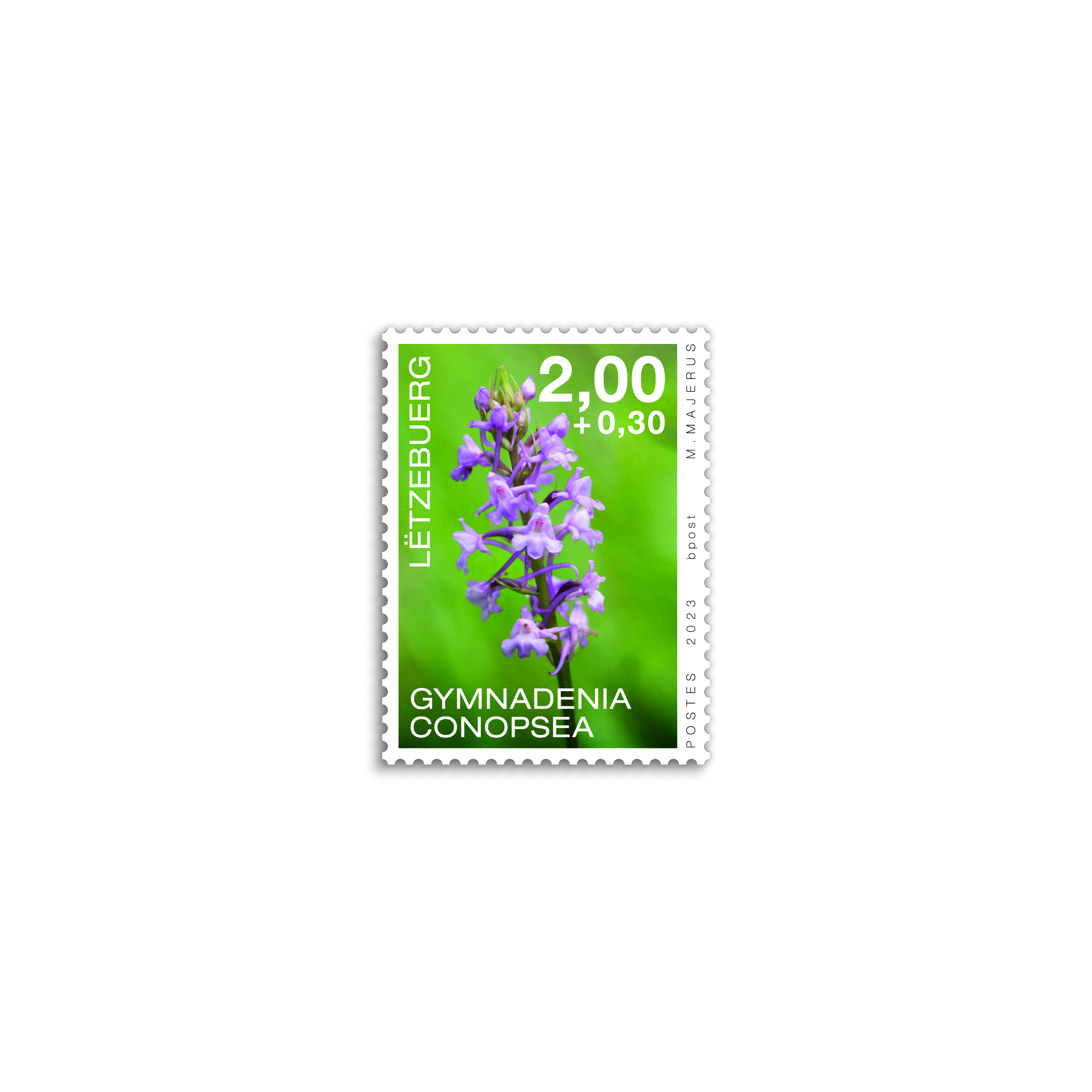
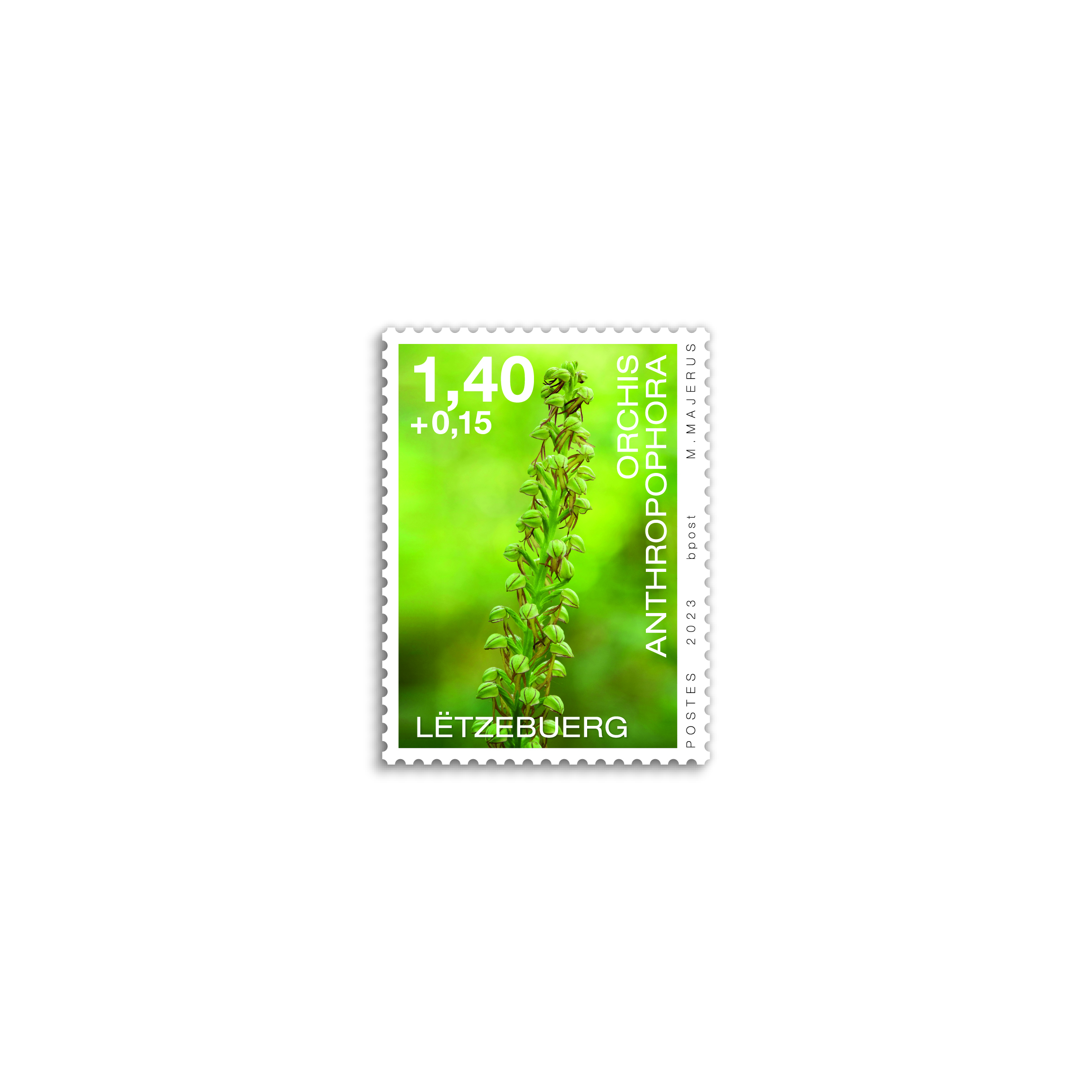
Special series
Christmas 2023 The End-of-year celebrations
The motifs on the 2023 Christmas stamps are surprising, to say the least: a melting snowman and a sweating Boxemännchen. While the style of graffiti artist Alain Welter may make you smile at first glance, the illustrations also encourage reflection on the consequences of climate change.
For several years, POST is pursuing a CSR (Corporate Social Responsibility) strategy. The fight against climate change is an integral part of POST’s commitments. Isabelle Faber, Director of Human Resources, Public Relations and CSR: “Our role is not just to work internally to reduce our impact on the environment, but also to take action to raise awareness of the climate issues around us. We want to be real agents of change.
In all its activities, POST makes a point of promoting appropriate awareness and individual and collective responsibility. The smallest gesture or message can help to protect what we hold dear. It’s important to do everything we can, together, to ensure that future generations can enjoy the same living conditions as we do today.
For this year’s edition, we have deliberately refrained from ennobling the stamps to support the message we wanted to get across. 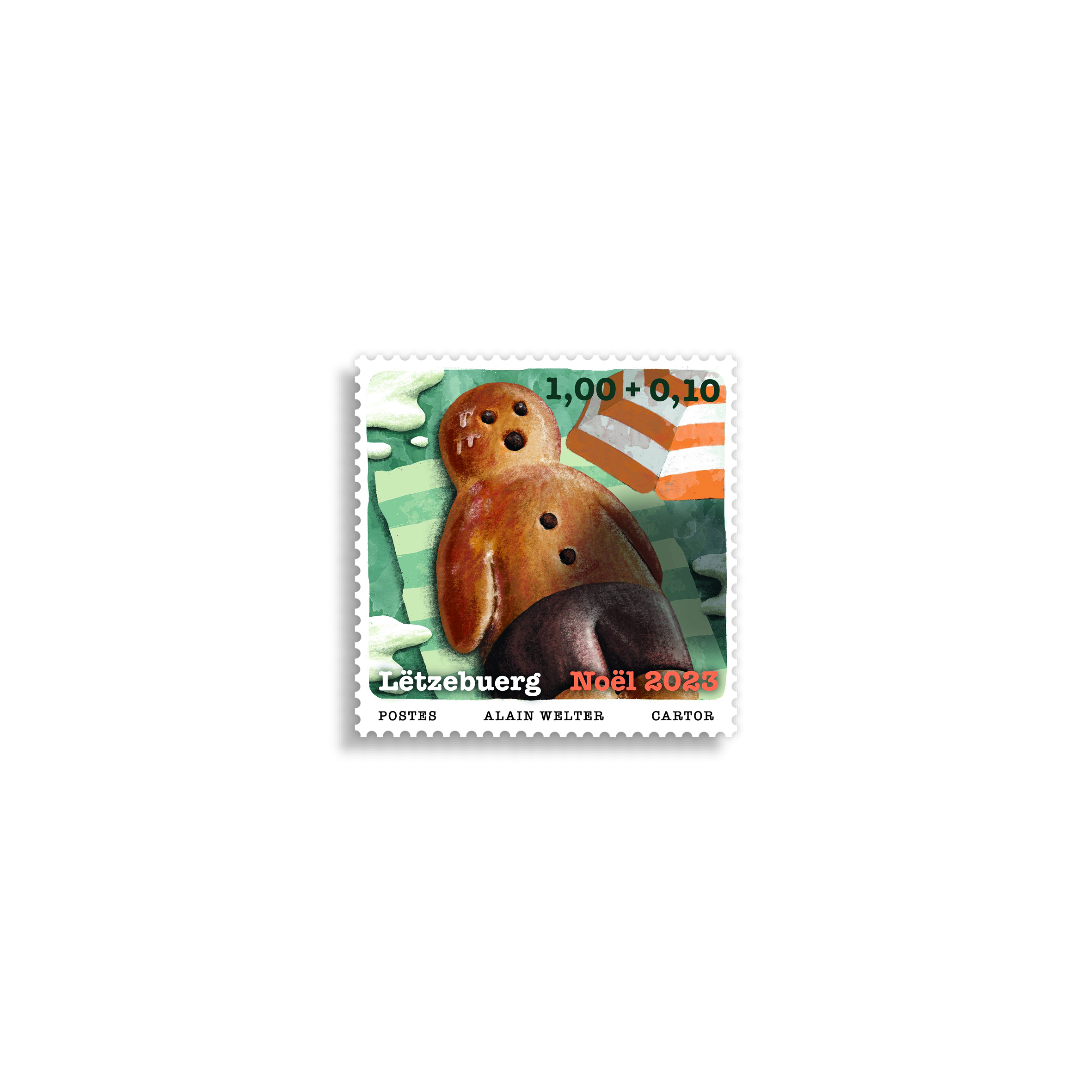
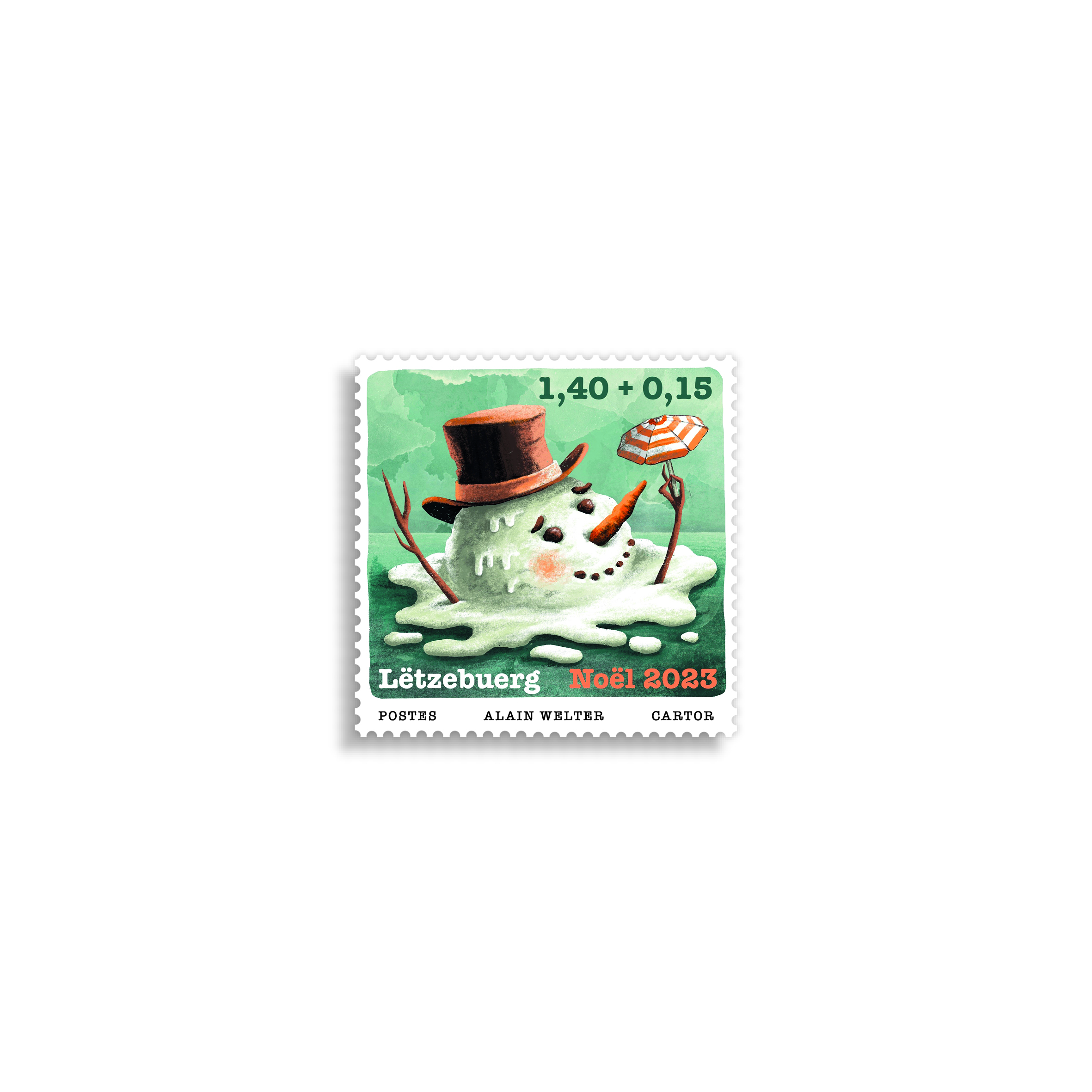
Postocollants L50g
Natur- & Geopark Mëllerdall – UNESCO Global Geopark
In the east of Luxembourg, 11 communes covering an area of 256 km2 and with a population of around 25,800 have come together to establish the Natur- & Geopark Mëllerdal. This is not a restricted access nature reserve or national park, but a region where people live and work, and visitors can experience the impressive beauty of the landscapes and rock formations.
Around 245 million years ago, this region lay under the sea. Countless grains of sand and other particles were deposited on the seabed and solidified into rock over millions of years. Later, the sea disappeared, and rivers and streams carved one of the most fascinating sandstone landscapes in western Europe out of the 200-million-year-old Luxembourg sandstone. It also features layers of marl, limestone, dolomite and other sandstones. The appearance of the landscape, with its high plateaus and – sometimes extremely – narrow valleys, is a product of the variability of the different rocks over such a small area.
In 1999, Müllerthal nature park was officially mentioned for the first time in Luxembourg’s “Programme Directeur” for national planning. Then, in the autumn of 2016, it was named the Natur- & Geopark. Since 2019, its official name has been the Natur- & Geopark Mëllerdall.
In April 2022, the region was accepted into the international network of UNESCO Global Geoparks. This is international recognition for the Natur- & Geopark Mëllerdall and the work carried out locally at a societal, environmental and economic level, to protect its special natural and cultural heritage, and to develop the region on a sustainable basis. The exchange of ideas within the network and cooperation with other UNESCO Global Geoparks facilitates shared learning and joint projects. 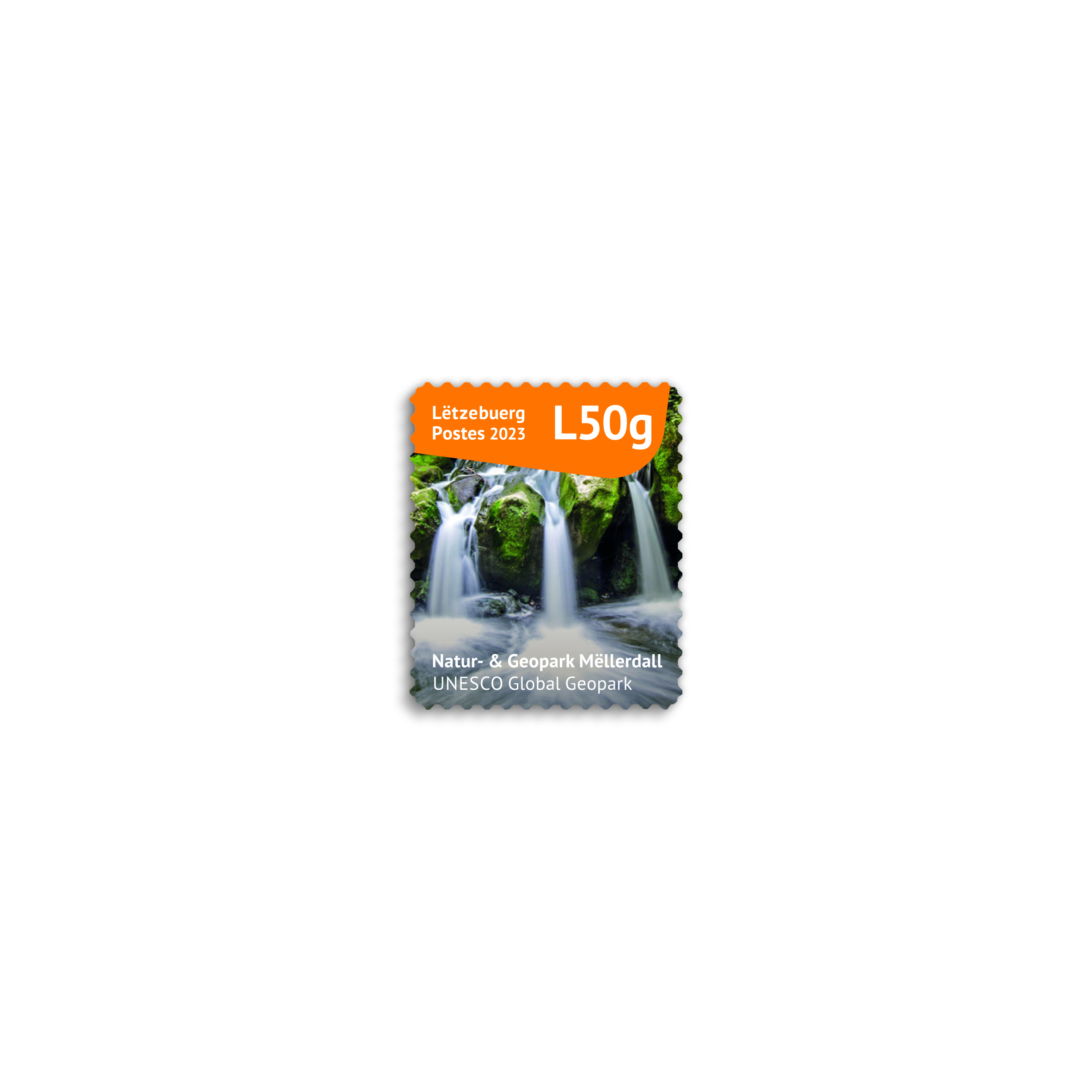
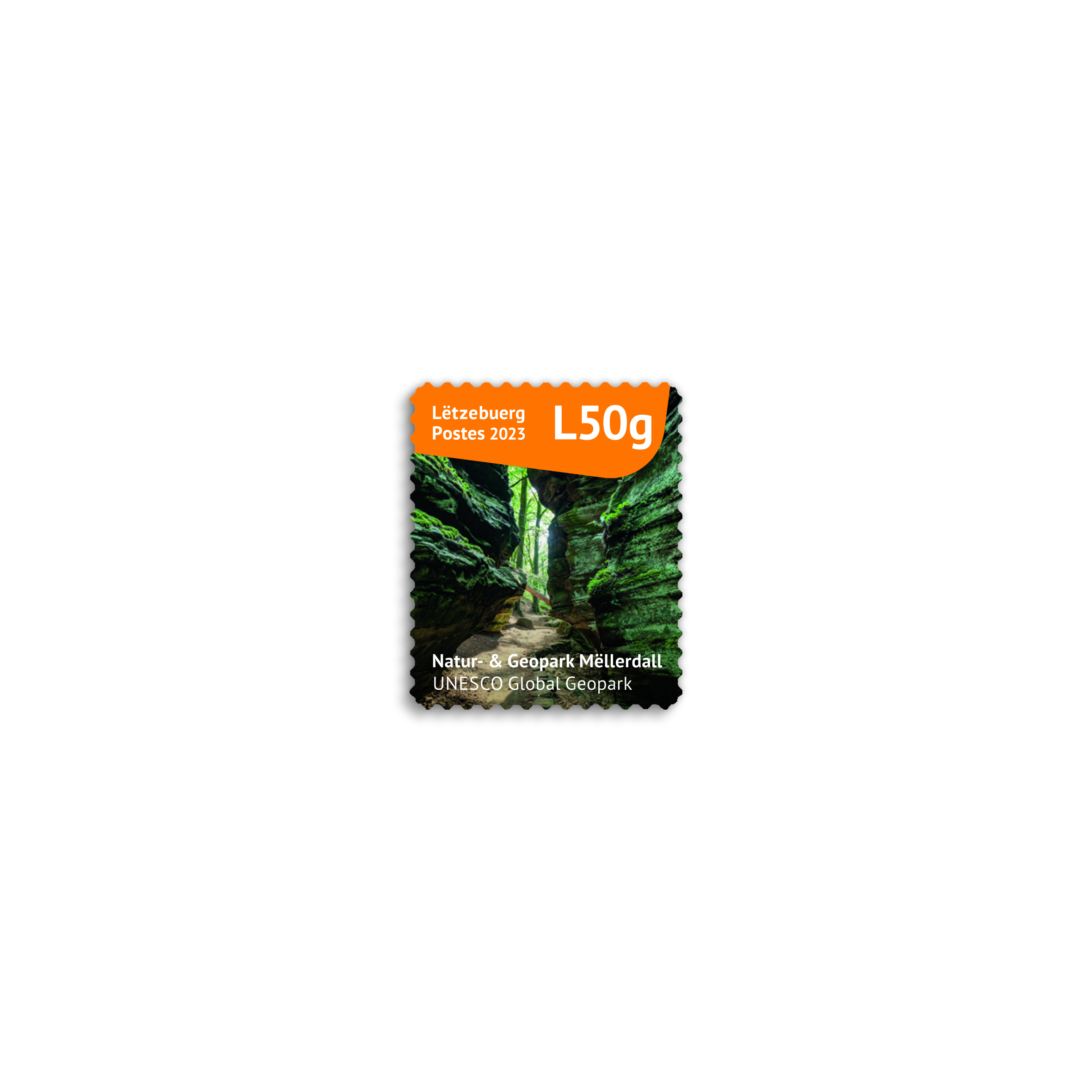
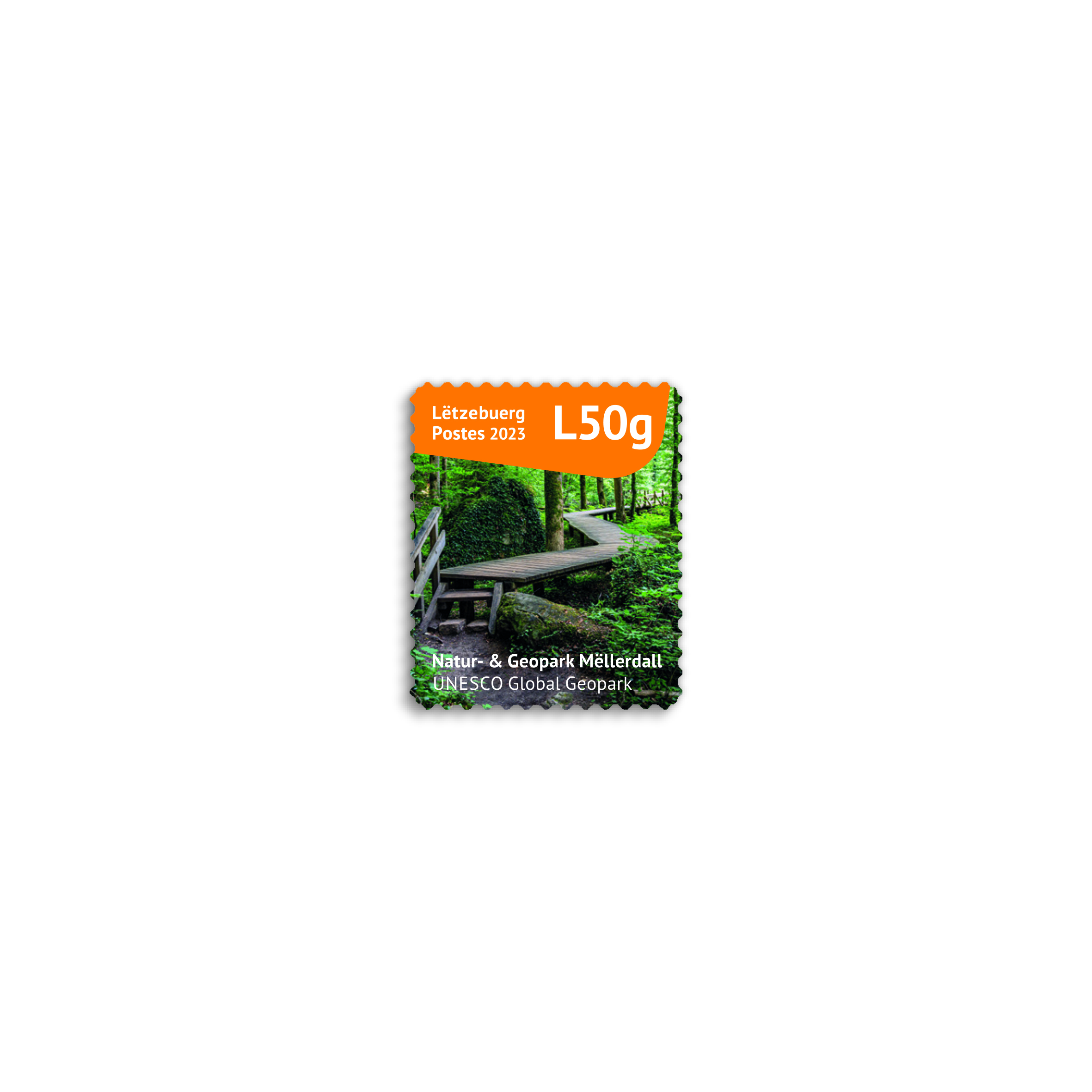
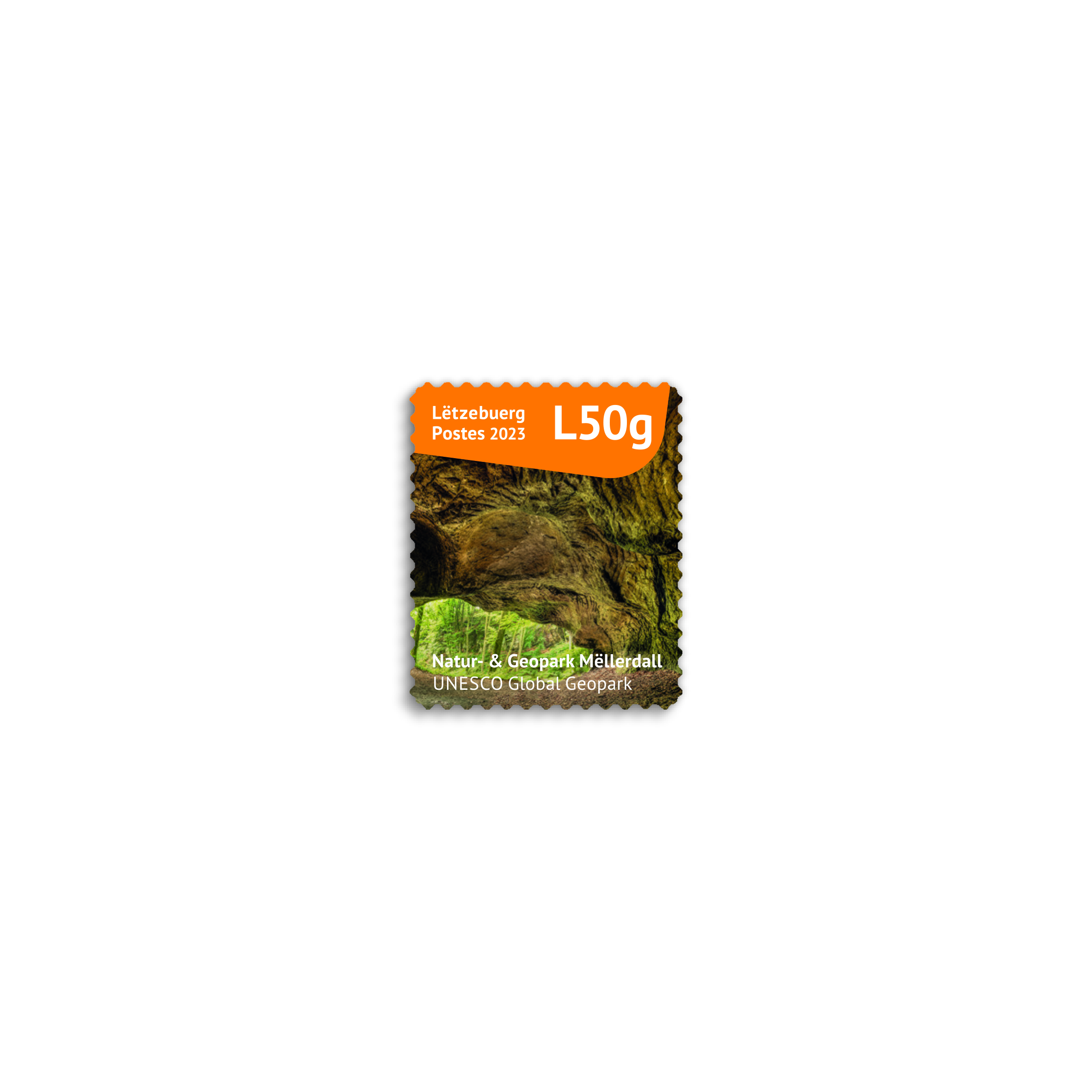
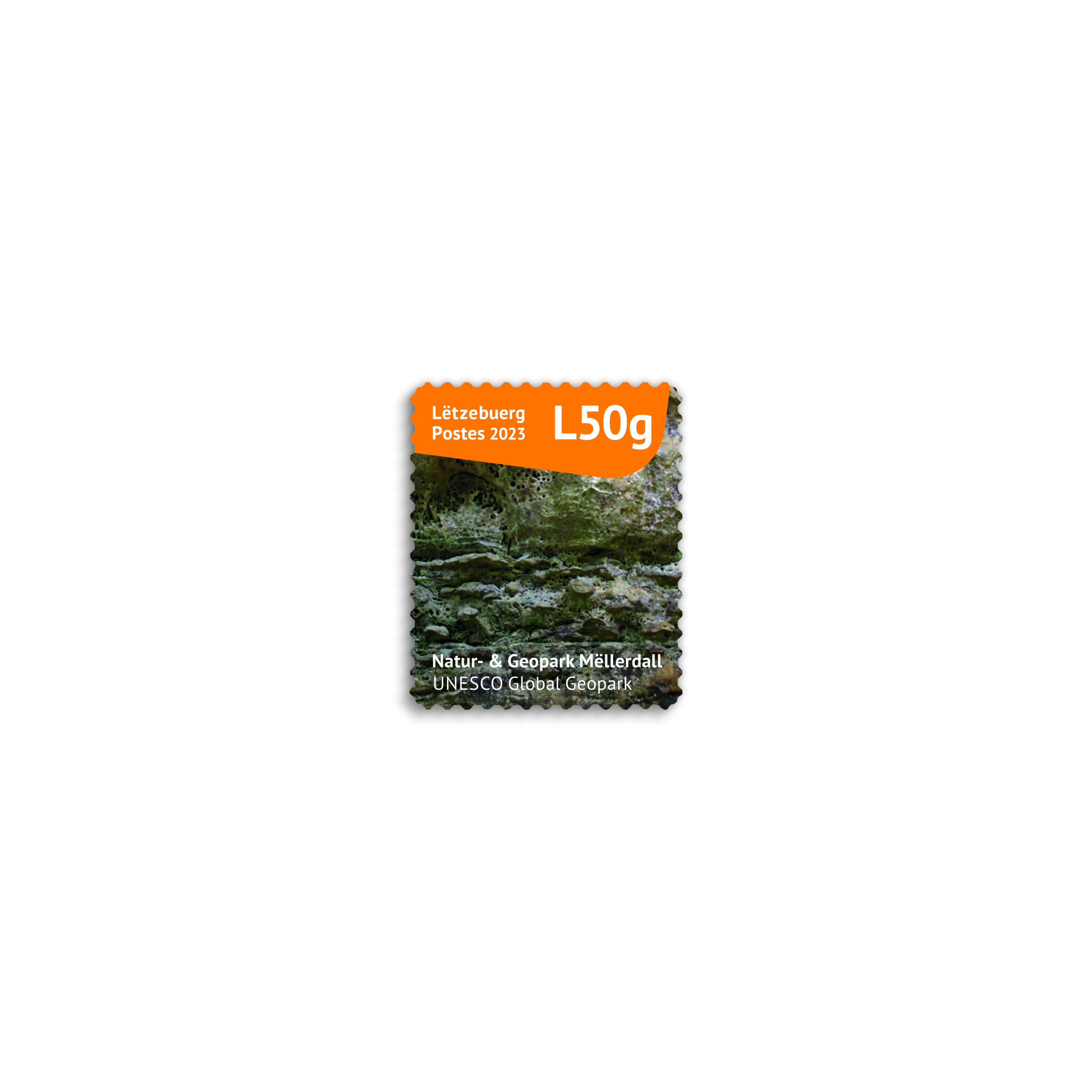

 Åland
Åland  Faroe Islands
Faroe Islands  Gibraltar
Gibraltar  Greenland
Greenland  Guernsey
Guernsey  Isle of Man
Isle of Man  Jersey
Jersey  Liechtenstein
Liechtenstein  Luxembourg
Luxembourg  Malta
Malta  Monaco
Monaco  Vatican City
Vatican City 